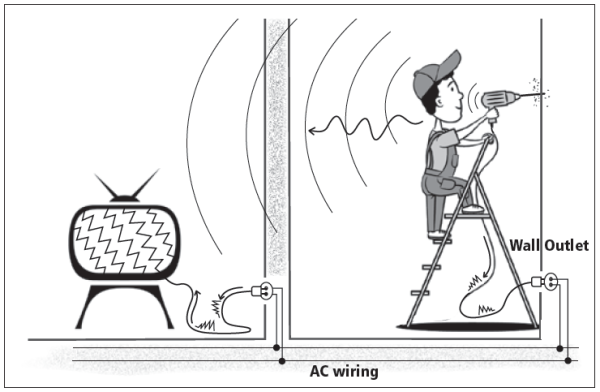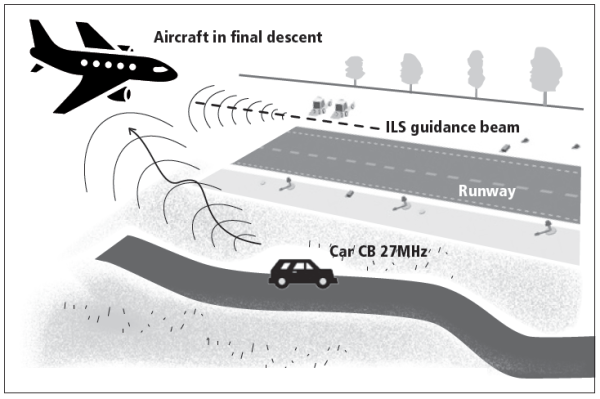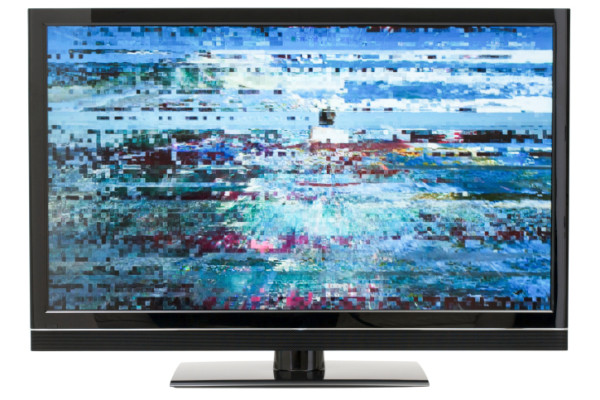Michel Mardiguian . Electro Magnetic Interference (EMI) is the generic term describing a situation whereas an electrical disturbance generated by a certain electronic/electrical equipment is causing an undesirable response to another equipment. This undesirable effect may range from a mere nuisance to a catastrophic failure, with associated financial losses or eventually human casualties. The origin of the disturbance could also be a natural phenomena like lightning strokes or ElectroStatic Discharges (ESD). ElectroMagnetic Compatibility (EMC) is just the opposite: EMI being the disease, EMC is the cure, that is the discipline analyzing and preventing or fixing interference problems.
An Introduction to Interference Control .
EMI has existed ever since our modern societies started using electricity for transportation, for domestic or industrial power, and for transmitting intelligence – mostly telecommunications and radio. As early as 1915-1920 where wireless transmission (Morse code or voice) started to be common place in military domain, it became rapidly obvious that several ships or army bataillons operating in same area were sometimes unable to properly communicate between each other or with their base station.
In those early days of RF engineering, many EMI aspects like receiver selectivity and spurious response, channel separation, high harmonic contents of transmitters and the like were unknown.
So, little by little, some guidelines started popping out for reducing EMI situations to a tolerable level. But more rapidly than some design and fixing rules were put into practice, the astronomical growth of electronics and RF applications after the 1930’s caused the number of EMI cases to skyrocket, in all domains: telephony and telecommunications, air navigation, public radio and TV services, mobile radio etc ….
In the major industrialized countries, RF regulation agencies and private industry decided that the days of empirical approaches and EMI ”gurus” were counted, and that a methodical strategy was badly needed.
EMC was born, not as a new science, but as a multifacet discipline, and a certain number of essential aspects like source & victim dichotomy, coupling mechanisms and the like were set forth, along with specific components, instrumentation and measurement techniques, as will be seen next.


The Source / Victim Concept
Given the complexity of the interactions between the many elements and parameters that are involved, a very clear and simple way for addressing the ”who-does-what” of an EMI situation is the source and victim concept (Figure 3). It states that an EMI problem can be viewed as a theater act staging 3 players…
Dear colleague,
This text is unfortunately locked for further reading, but you can read all Michel Mardiguian’s texts and course material about EMC in the new book ”Everything you always wanted to know about EMC but were afraid to ask”. Click for more information!


